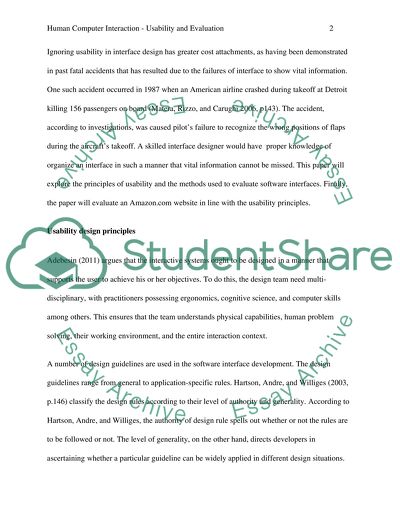Cite this document
(“Human Computer Interaction - Usability and Evaluation Essay”, n.d.)
Retrieved from https://studentshare.org/information-technology/1479787-human-computer-interaction-usability-and
Retrieved from https://studentshare.org/information-technology/1479787-human-computer-interaction-usability-and
(Human Computer Interaction - Usability and Evaluation Essay)
https://studentshare.org/information-technology/1479787-human-computer-interaction-usability-and.
https://studentshare.org/information-technology/1479787-human-computer-interaction-usability-and.
“Human Computer Interaction - Usability and Evaluation Essay”, n.d. https://studentshare.org/information-technology/1479787-human-computer-interaction-usability-and.


